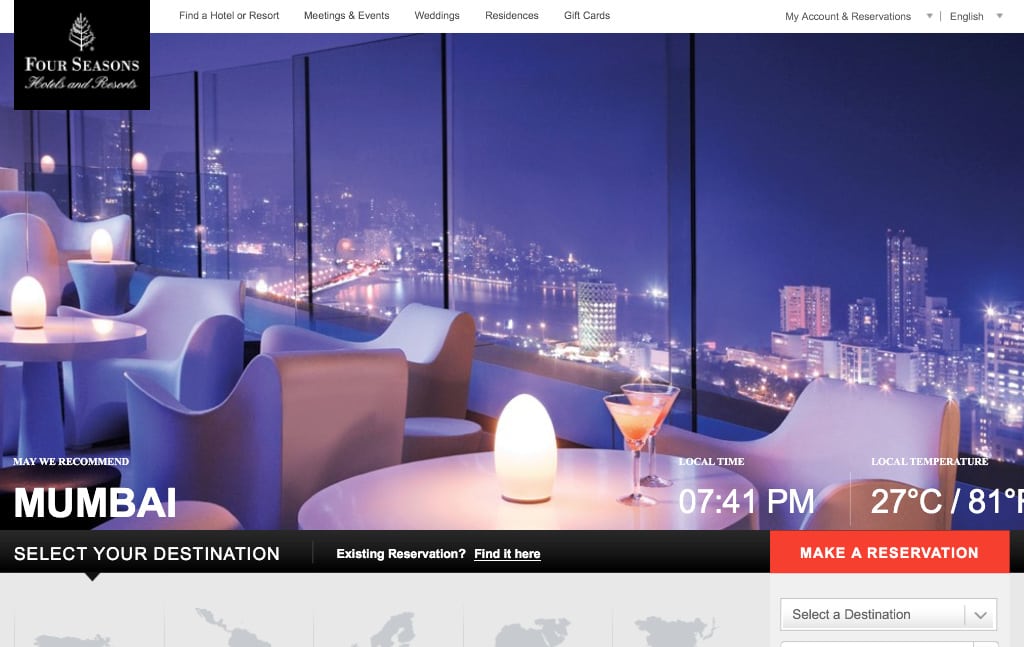Skift Q&A: What Four Seasons Knows About Digital That Every Hotel Needs to Learn

Skift Take
From embracing TripAdvisor to empowering hotels to take social media into their own hands, Four Season has taken chances on digital that are paying off.
[gallery ids="117865,117779,117864,117866"]
Last week we launched Skift50: World's Top Travel Marketers to highlight the people driving the go-to-market strategies of high-profile consumer-facing travel brands. Along with the list of 50, we've caught up with leaders from JetBlue, Visit Philadelphia, Viking River Cruises, and now Four Seasons to dig deeper into how they help their brands work better.
High-end brands have a habit of playing it safe, but Four Seasons has embraced digital marketing with the enthusiasm of a startup — helped along by the deep pockets of a luxury hotel chain. Its website, re-launched in 2012, incorporated destination guides, TripAdvisor reviews, and “Local Experts” advice from staff from across the brand’s 92 properties.
The driving force behind these changes is Susan Helstab, Executive Vice President of Marketing. Helstab had been with Four Seasons since 1987, but took over responsibilities for all marketing in 2009, right in the middle of the worst of the economic recession. Helstab and her colleagues quickly moved to completely rebuild the brand's digital presence. "When people go through near death experiences they're prepared to look at the future in novel ways," Helstab told Skift last week.
In addition to traditional marketing duties, Helstab also overseas a digital media portfolio that includes Have Family Will Travel, Concierge Recommends, the food site Taste, one for weddings, and sites that target Brazilian, Russian, and Spanish-language travelers.
With her inclusion on the Skift50 World's Top Travel Marketers list, as well Four Seasons' position at the top of SkiftIQ's rankings of hotel brands we called Helstab to discuss how Four Seasons recreated itself online and on the ground by reading the digital tea leaves.
Skift: In 2012, half of your marketing budget was digital. What were the results of this investment and how did it affect your 2013 plans?
Susan Helstab: I'd like to go back a few years to answer that. I took in over ma

